A stationary grate boiler, also known as a fixed grate boiler or sometimes a pin-hole grate boiler, is a type of industrial boiler where the combustion of solid fuel takes place on a non-moving bed, or “grate.” It’s one of the older and simpler technologies for burning solid fuels, widely used for small to medium-sized industrial applications, especially in regions with readily available biomass or coal.
How it Works:
- Fuel Feeding: Solid fuel (like coal, wood, rice husks, wood chips, sawdust, or other biomass) is manually or mechanically fed onto the stationary grate within the combustion chamber.
- Fuel Bed Formation: The newly fed fuel rests on top of the already burning fuel layer.
- Primary Air Supply: Air, known as “primary air,” is supplied from below the grate, passing up through the ash layer and the fuel bed. This air provides the oxygen necessary for combustion and also helps cool the grate itself.
- Combustion Zones: As the fuel burns, different stages of combustion occur:
- Drying: Moisture in the fuel evaporates.
- Devolatilization/Pyrolysis: Volatile gases are released from the fuel.
- Char Burning: The remaining solid carbon (char) burns.
- Secondary Air Supply: Often, “secondary air” is introduced above the fuel bed to ensure complete combustion of the volatile gases, which can improve efficiency and reduce emissions.
- Heat Transfer: The hot gases produced by combustion transfer their heat to the boiler tubes, which contain water. This heats the water to produce steam (or hot water/thermal oil, depending on the boiler type).
- Ash Removal: Ash, the non-combustible residue, accumulates on the grate. It is periodically removed, either manually or through mechanical means (e.g., steam jets or a simple push mechanism for continuous operation in some designs).
- Flue Gas Treatment: After transferring heat, the hot flue gases typically pass through dust collectors (like cyclone separators, bag filters, or wet scrubbers) to remove particulate matter before being discharged through a chimney. Economizers or air preheaters might also be used to recover additional heat from the flue gases, improving overall efficiency.
Key Features and Design Aspects:
- Fixed Grate: The defining characteristic is the static nature of the grate. Some designs might incorporate steam nozzles or slightly sloped grates to aid in ash removal.
- Fuel Flexibility: Stationary grate boilers are known for their ability to handle a wide range of solid fuels, including those with varying sizes, moisture content, and calorific values.
- Simplicity: They have a relatively simple design and are easier to operate and maintain compared to more complex boiler technologies.
- Capacity: They are generally more suitable for small to medium-scale industrial facilities, typically with steam capacities less than 12 tons/hour and pressures less than 15 bar, though larger units exist.
Advantages:
- Fuel Versatility: Can burn diverse solid fuels (coal, biomass, agricultural waste, wood waste).
- Lower Fuel Cost: Solid fuels are often cheaper than oil, gas, or CNG, especially in regions with abundant biomass.
- Simple Structure and Operation: Relatively easy to manufacture, install, operate, and maintain.
- Durability and Longevity: Often robustly built, offering a long service life.
- Compact Size: Can be designed with a compact footprint, suitable for smaller spaces.
- Ash Utilization: Ash can sometimes be repurposed (e.g., as fertilizer or for building materials).
Disadvantages:
- Lower Efficiency: Compared to more advanced combustion technologies (like fluidized bed boilers or pulverized coal boilers), stationary grate boilers generally have lower thermal efficiency (typically 75-80%). This is due to the inherent nature of layered combustion and less precise air distribution.
- Higher Labor Requirement: Often requires more manual intervention for fuel feeding and ash removal, leading to higher labor costs.
- Pollutant Emissions: Can have challenges with controlling emissions like NOx (due to local high temperatures) and particulate matter. Effective dust collection is crucial.
- Limited Capacity and Pressure: Less suitable for very large-scale power generation or applications requiring very high steam pressures.
- Response Time: May have a slower response time to changes in steam demand compared to other boiler types.
Applications:
Stationary grate boilers are commonly found in:
- Small and Medium-sized Industries: Especially in sectors that have access to biomass waste or coal.
- Food Processing: For drying, cooking, and sterilization.
- Textile and Dyeing: For process heating.
- Wood Processing: For drying timber and operating presses.
- Agriculture: Utilizing agricultural residues like rice husks, bagasse, etc.
- Brick and Ceramic Industries: For kiln heating.
- Waste-to-Energy (Smaller Scale): For burning certain types of industrial or municipal waste.
While newer technologies offer higher efficiency and better emission control, stationary grate boilers remain a viable and cost-effective option for many industrial applications, particularly where fuel flexibility and simplicity are prioritized.

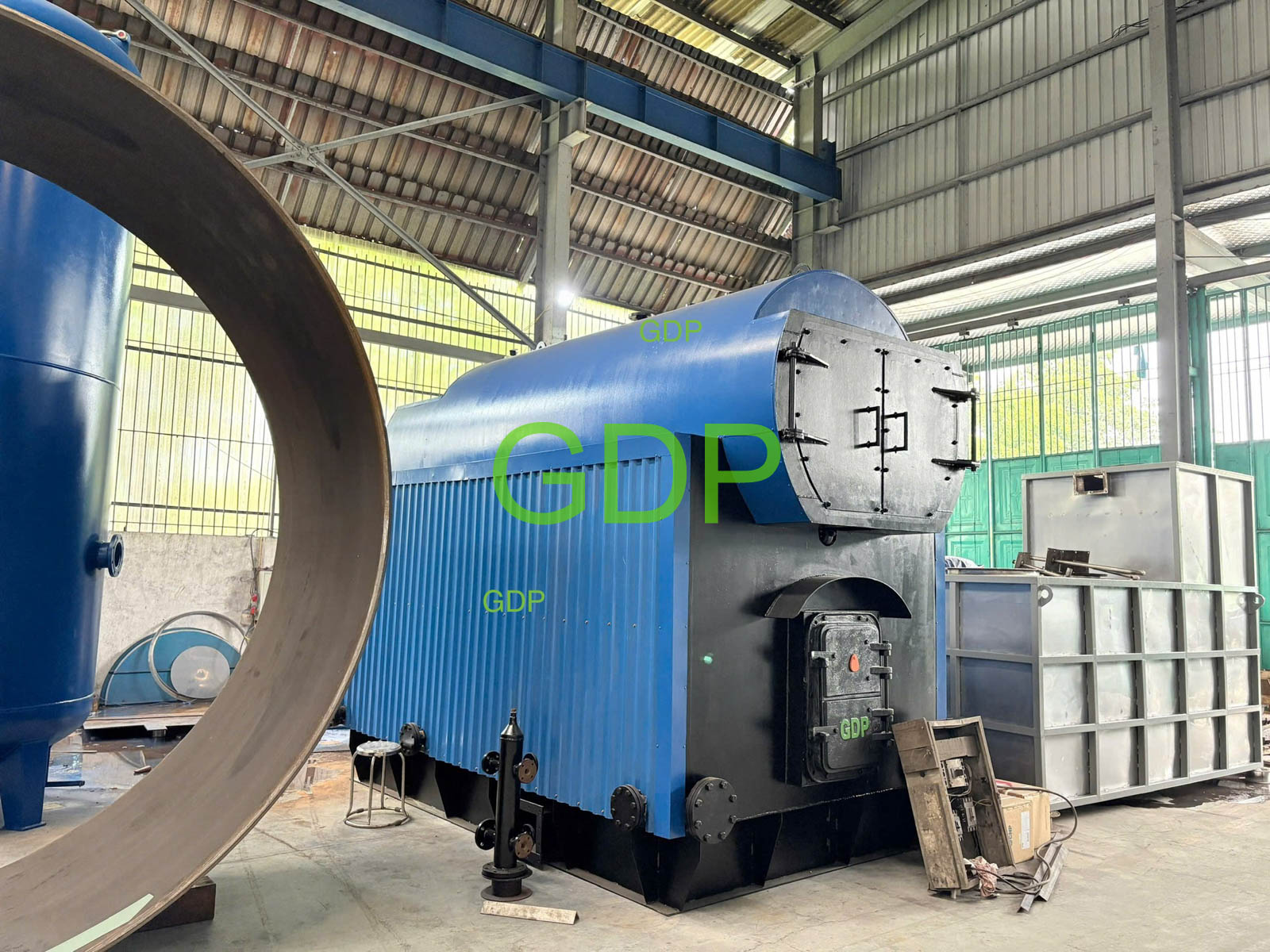
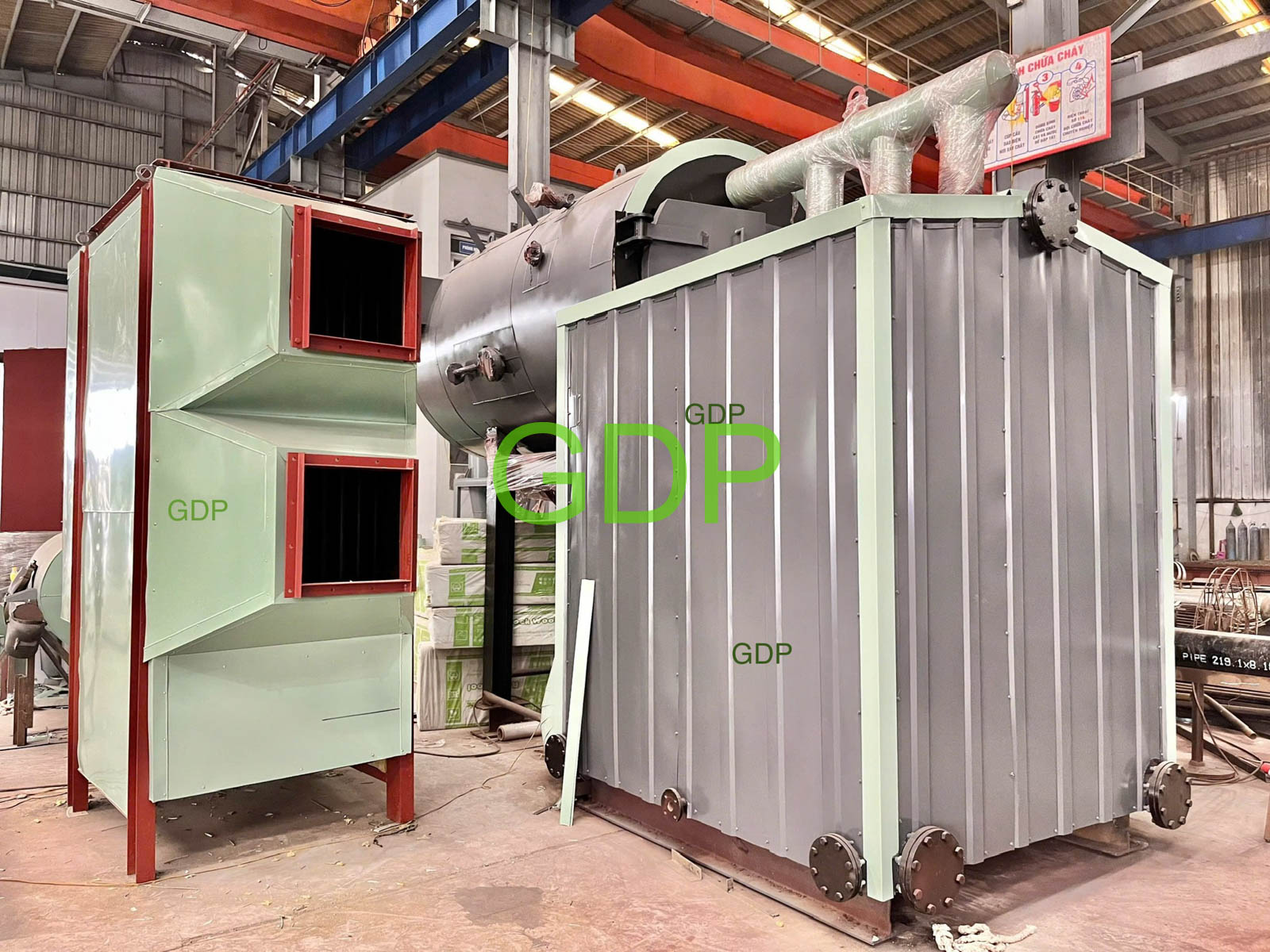
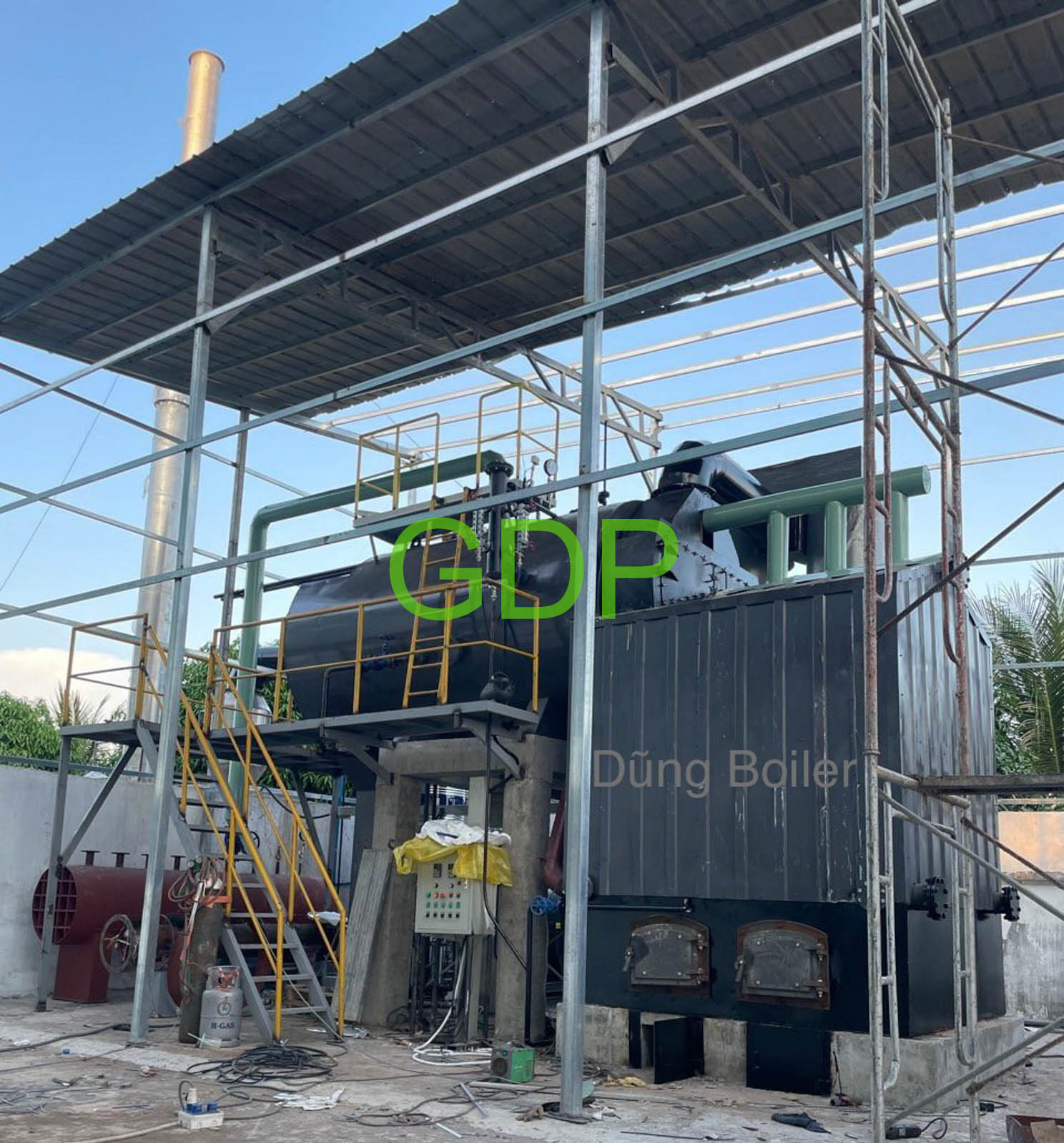

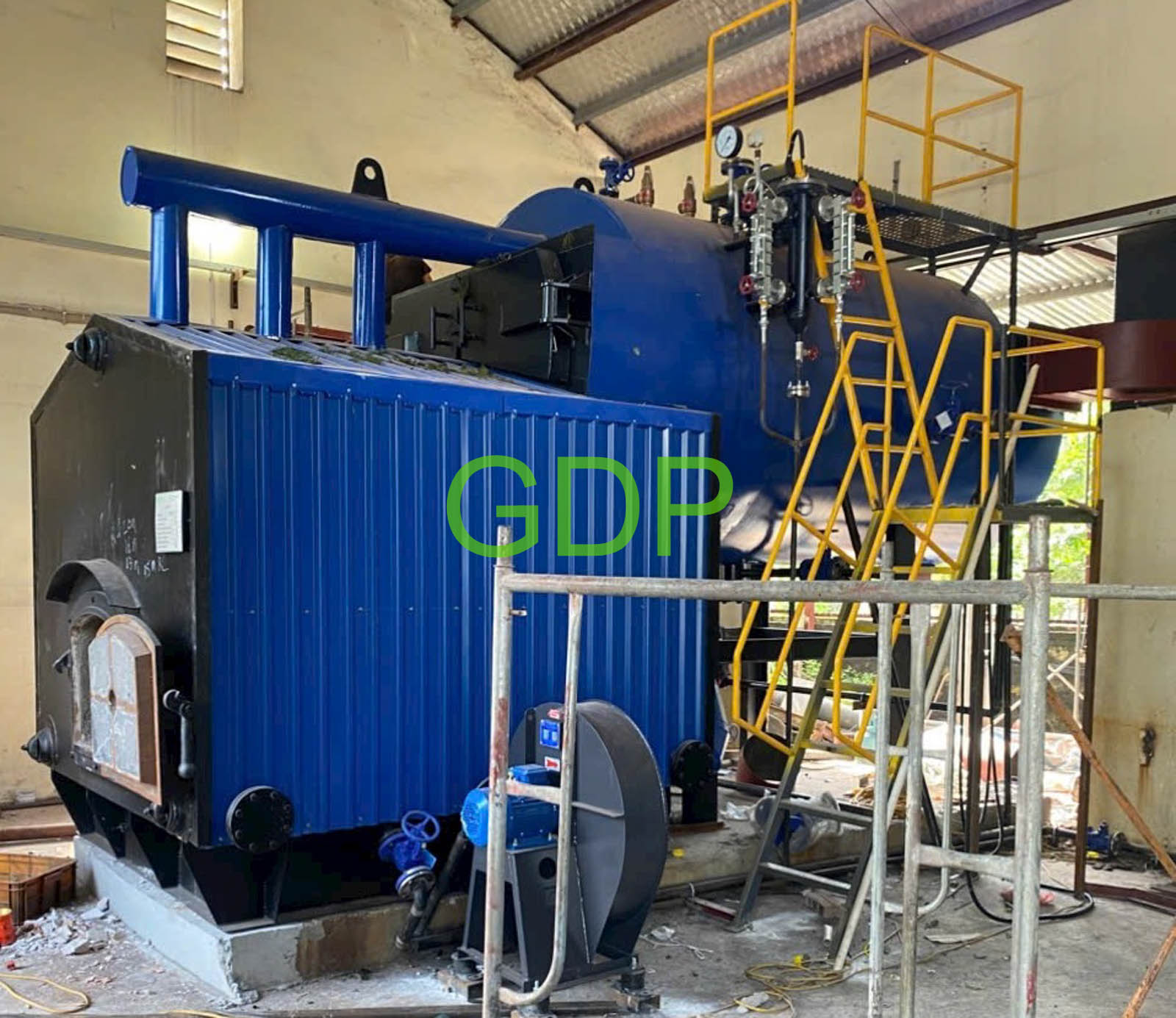
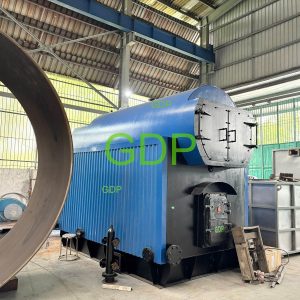
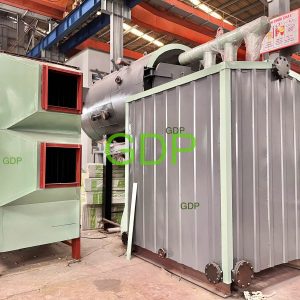
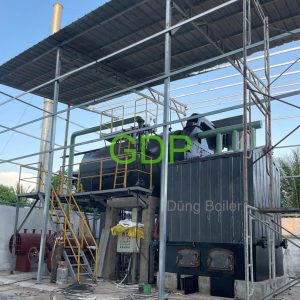
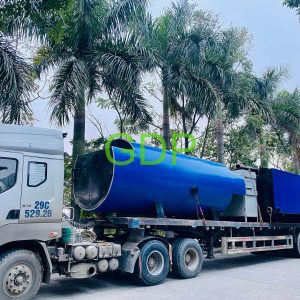
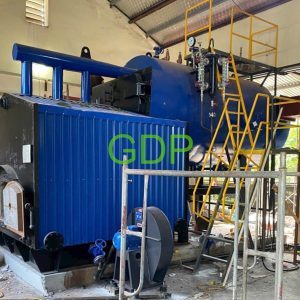
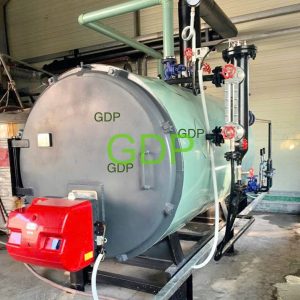
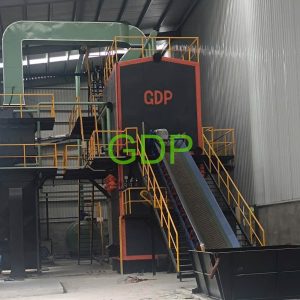
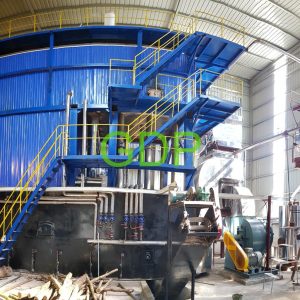
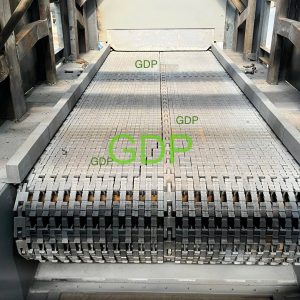
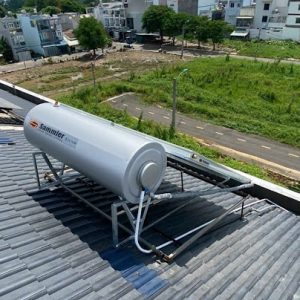
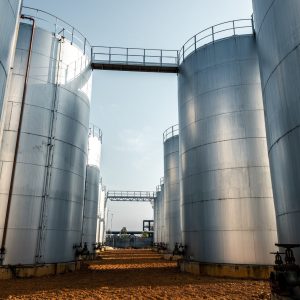
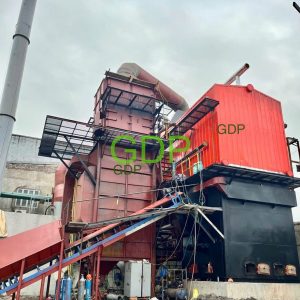

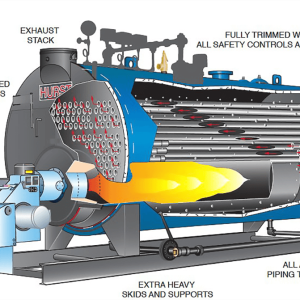
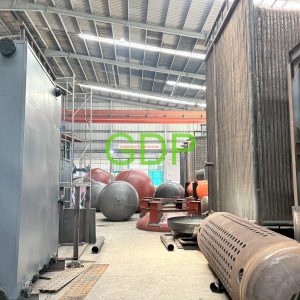
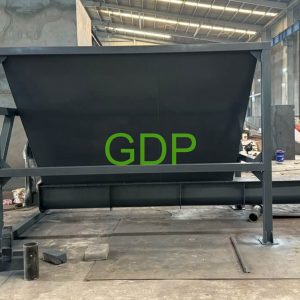
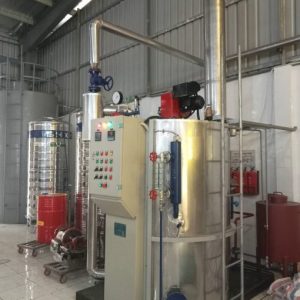
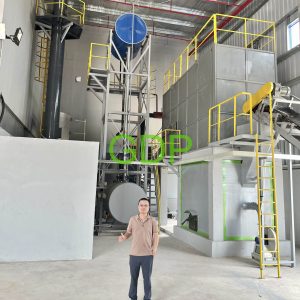
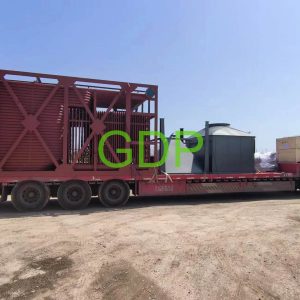
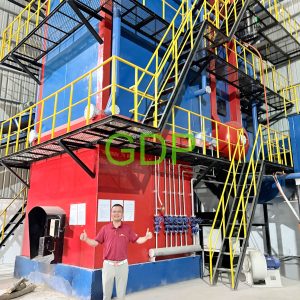
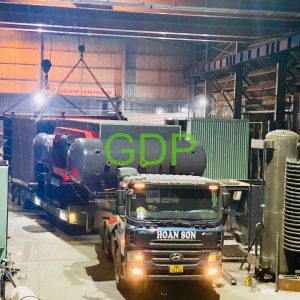




Đặt câu hỏi